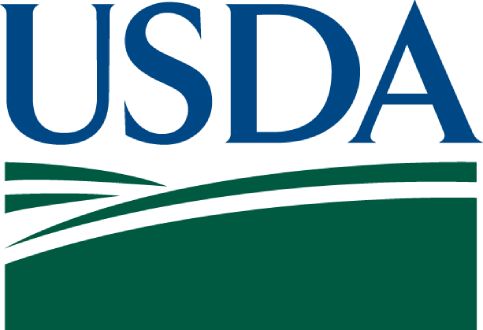Characteristics of Supplemental Nutrition Assistance Program Households: Fiscal Year 2018
Download
Associated Project
Using Microsimulation in Supplemental Nutrition Assistance Program (SNAP) Policy Analysis
Prepared for:
U.S. Department of Agriculture, Food and Nutrition Service
Clients

Key Findings
- During fiscal year 2018, SNAP provided benefits to approximately 39.7 million people living in 19.7 million households each month across the United States.
- The total Federal cost of the program in fiscal year 2018 was $64.9 billion, $60.4 billion of which went to SNAP benefits and the remainder to program administration.
- In FY 2018, 81 percent of SNAP households contained children, elderly individuals, or individuals with disabilities.
- The number of SNAP households with elderly individuals increased by almost 2 percent from fiscal year 2017 to fiscal year 2018, even as the total number of SNAP households decreased.
The Supplemental Nutrition Assistance Program (SNAP) provides nutrition assistance to eligible, low-income individuals and households in need. SNAP is the largest of the domestic nutrition assistance programs administered by the Food and Nutrition Service (FNS) of the U.S. Department of Agriculture (USDA). This report describes the characteristics of SNAP households and participants nationwide in fiscal year 2018 (October 2017 through September 2018). It also presents an overview of SNAP eligibility requirements and benefit levels in fiscal year 2018. The appendices provide detailed tables of household and participant characteristics at the national and State levels, as well as a review of the source and reliability of estimates and the sampling error associated with the estimates presented in the report.
How do you apply evidence?
Take our quick four-question survey to help us curate evidence and insights that serve you.
Take our survey
